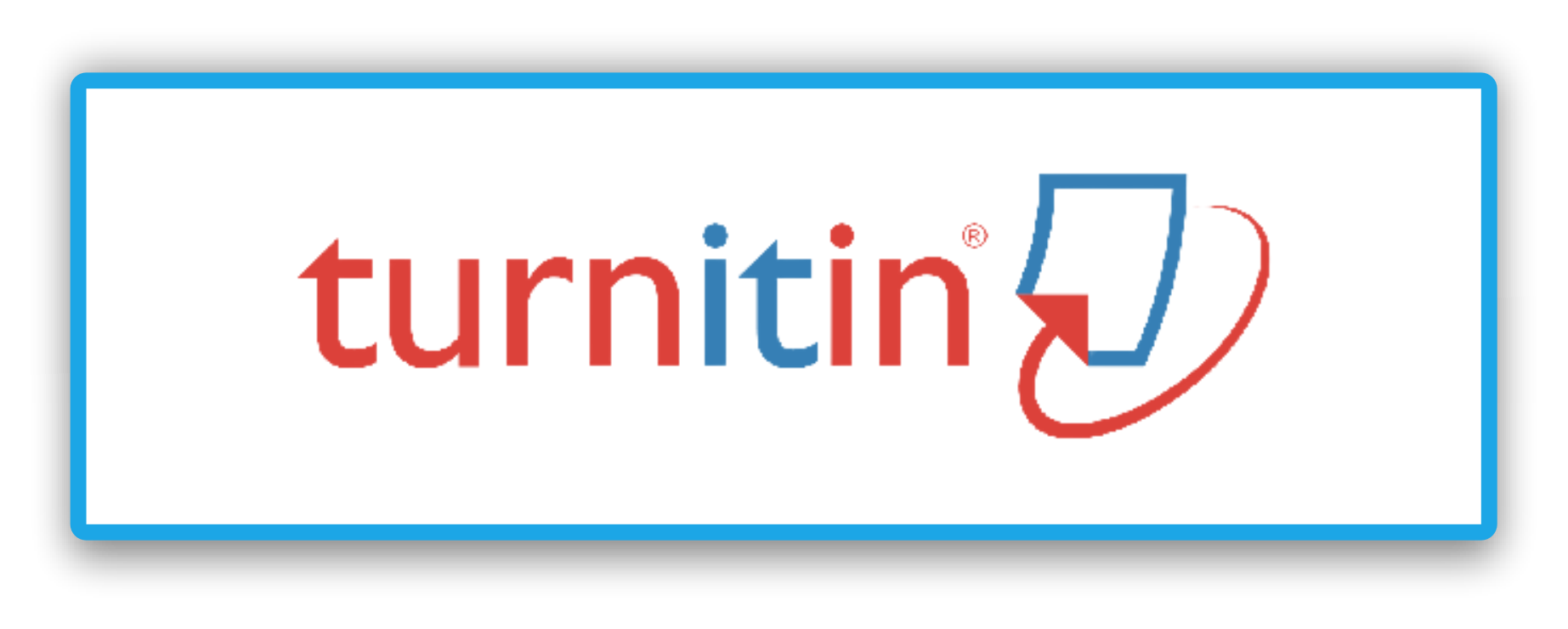Analysis of Language Materials and Their Presentation in Arabic Language Textbooks
Abstract
Full Text:
PDFReferences
Al-Khuliy, M. A. (2002). Model Pembelajaran Bahasa Arab (D. R. Hidayat (ed.); 1st ed.). Penerbit Pusat Studi Islam dan Bahasa Arab (PSIBA).
Amran, Takdir, Munawwir, A., & Nurlatifah. (2021). Memahami Perbedaan antara Bahasa Arab Fushah dan Aamiyah. Jurnal Kajian Pendidikan Dan Bahasa Arab, V.3, No.1.
Arifin, Z. (2010). Al-lughah Al-’Arabiyah Thara’iq wa Asalib Tadrisiha (Y. Marlius (ed.); 1st ed.). Padang Hayfa Press.
Azhari, A. W. (2018). Analisis Buku Ajar Bahasa Arab Kelas VI Madrasah Ibtidaiah Terbitan Karya Toha Putra. 1(2), 125–136.
Fachrurrozi, A., & Mahyuddin, E. (2010). Pembelajaran Bahasa Asing Metode Tradisional dan Kontemporer (Mu’azzimah & A. Muzayyin (eds.)). Bania Publishing.
Fauzan, A. B. I. (n.d.). I’dad Mawad Ta’lim Al-Lughah Al-’Arabiyah Lighairi Al-Natiqina Biha.
Hakim, A. R. (2013). Mempermudah Pembelajaran Ilmu Nahwu pada Abad 20. Jurnal Al-Maqoyis, Vol. 1, No.
Handayani, R. A. (2018). Kesesuaian Materi Terhadap Kompetensi Inti dan Kompetensi Dasar pada Buku Ajar Bahasa Arab. LISANIA: Journal of Arabic Education and Literature, 2(1), 28. https://doi.org/10.18326/lisania.v2i1.28-43
Hanifah, U. (2014). Pentingnya Buku Ajar yang Berkualitas dalam Meningkatkan Efektivitas Pembelajaran Bahasa Arab. At-Tajdid, Vol 3 No 1(1).
Hermawan, A. (2014). Metodologi Pembelajaran Bahasa Arab (A. S. Wardan (ed.); 4th ed.). PT Remaja Rosdakarya.
Hermawan, A. (2018). Pembelajaran Keterampilan Berbahasa Arab (1st ed.). Alfabeta.
Hilmi. (2020). Evaluasi Bahan Ajar Cetak Bahasa Arab untuk Tingkat Madrasah Aliyah. Intelektualita, Vol 9 No 0.
Khatibah. (2011). Penelitian Kepustakaan. Jurnal Iqra’, Vol.05 No.
Mufidah, N., & Zainudin, I. (2018). Metode Pembelajaran Al-Ashwat. Al-Mahara Jurnal Pendidikan Bahasa Arab, Vol. 4, No.
Munir. (2017). Perencanaan Sistem Pengajaran Bahasa Arab (1st ed.). Kencana.
Mustofa, B., & Hamid, M. A. (2020). Metode dan Strategi Pembelajaran Bahasa Arab (5th ed.). UIN Maliki Press.
Nasution, A. S. A. (2010). Bunyi Bahasa (1st ed.). Amzah.
Nazir, M. (1999). Metode Penelitian. Ghalia Indoneisa.
Nuha, U. (2016). Ragam Metodologi dan Media Pembelajaran Bahasa Arab (D. Toanto (ed.)). Diva Press.
Ramah, S., & Rohman, M. (2018). Analisis Buku Ajar Bahasa Arab Madrasah Aliyah Kurikulum 2013. Arabiyatuna : Jurnal Bahasa Arab, 2(2), 141. https://doi.org/10.29240/jba.v2i2.552
Ritonga, A. W., Ritonga, M., Nurdianto, T., Kustati, M., Rehani, Lahmi, A., Yasmadi, & Pahri. (2020). E-learning process of maharah qira’ah in higher education during the COVID-19 pandemic. International Journal of Higher Education, 9(6), 227–235. https://doi.org/10.5430/ijhe.v9n6p227
Ritonga, M., Asrina, Widayanti, R., Alrasi, F., Julhadi, & Halim, S. (2020). Analysis of Arabic Language Learning at Higher Education Institutions with Multi-Religion Students. In Universal Journal of Educational Research (Vol. 8, Issue 9, pp. 4333–4339). researchgate.net. https://doi.org/10.13189/ujer.2020.080960
Ritonga, M., Zulmuqim, Z., Bambang, B., Kurniawan, R., & Pahri, P. (2022). SIAKAD machine learning for correcting errors in speaking Arabic. World Journal on Educational Technology : Current Issues, 14(3), 768–780. https://doi.org/https://doi.org/10.18844/wjet.v14i3.7214
Rohani, ahmad. (2010). Pengelolaan Pengajaran (Sebuah Pengantar Menuju Guru Profesional). Rineka Cipta.
Rohani, A. (2010). Pengelolaan Pengajaran Sebuah Pengantar Menuju Guru Profesional. Rineka Cipta.
Rosyidi, A. W., & Ni’mah, M. (2011). Memahami Konsep Dasar Pembelejaran Bahasa Arab (1st ed.). UIN-Maliki Press.
Sanjaya, W. (2011). Perencanaan dan Desain Sistem Pembelajaran (1st ed.). Kencana.
Sumiati, & Asra. (2016). Metode Pembelajaran. CV Wacana Prima.
Syaifullah, M., & Izzah, N. (2019). Kajian Teoritis Pengembangan Bahan Ajar Bahasa Arab. Arabiyatuna : Jurnal Bahasa Arab, 3(1), 127. https://doi.org/10.29240/jba.v3i1.764
Tu’aimah, R. A. (1985). Daliil “Amalin fii I’daadi al-Mawad Al-Ta’limiyyah limaraji” Ta’lim Al-’Arabiyyah. Jami’ah Umul Quro.
Tu’aimah, R. A. (1989). Ta’lim Al-"arabiyah Lighairi Al-Natiqina Biha. ISESCO.
Wahab, M. A. (2015). Model Pengembangan Pembelajaran Mufradat. Repository UIN Jakarta.
Zulhannan. (2015). Teknik Pembelajaran Bahasa Arab Interaktif (2nd ed.). Rajawali Pers.
DOI: https://doi.org/10.31869/ruhama.v6i1.4294
Article Metrics
Abstract view : 160 timesPDF - 169 times
Refbacks
- There are currently no refbacks.
INDEXED BY :
Pascasarjana UM Sumatera Barat
Jl. Pasir Kandang No.4, Pasie Nan Tigo, Kec. Koto Tangah, Kota Padang, Sumatera Barat 25586.
 This work is licensed under a Creative Commons Attribution-ShareAlike 4.0 International License.
This work is licensed under a Creative Commons Attribution-ShareAlike 4.0 International License.












